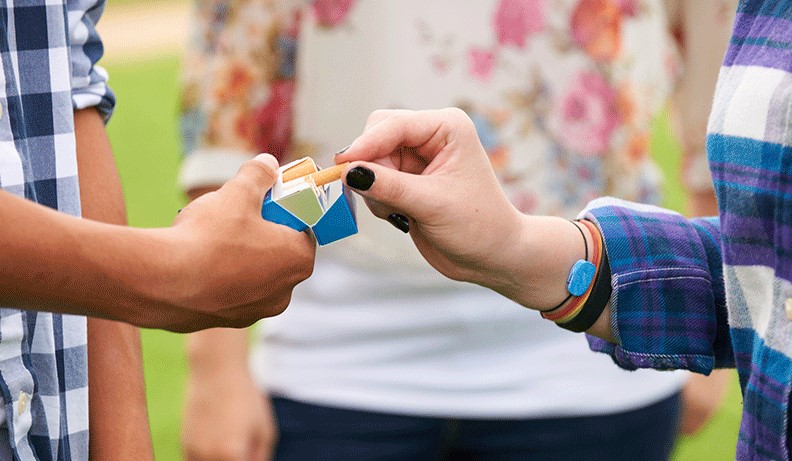Synar Amendment Overview
Estimated reading time: 3 minutes
The Synar Amendment is a Substance Abuse and Mental Health Services Administration (SAMHSA) controlled act passed in 1992 with the goal of reducing youth access to tobacco. Named after sponsor and Oklahoma congressman Mike Synar, the amendment gives strict state guidance on the sale procedures for tobacco. Over the nearly 30 years of the Synar Amendment’s implementation, data shows that tobacco sales to minors (gauged by unannounced inspections) has fallen significantly.
Synar Requirements and Penalties
The aim of the Synar Amendment is, according to SAMHSA, to enact and enforce laws prohibiting the sale or distribution of tobacco products to individuals under the age of 18. The Substance Abuse Prevention and Treatment Block Grant (SABG) awards are also only given to states that fully comply with the Synar Amendment. The regulation and updates from Public Law 116-94 requires that states:
- Enforce underage access laws to a degree that reasonably can be expected to reduce the illegal sale of tobacco products to individuals under the age of 21.
- Conduct annual, unannounced inspections that provide a valid probability sample of tobacco sales outlets accessible to minors.
- Report their sampling methodology and results of the annual Synar survey as a part of the Annual Synar Report no later than December 31. This includes the State’s sampling methodology, Synar survey results, Synar inspection report, and the Synar inspection protocol.
- Revise their methodology, inspection reports, and inspection protocols, to include the revised age requirements (under 21). In addition, the Synar survey results must now include results for sales to youth and young adults under the age of 21.
- Achieve a noncompliance rate of no more than 20% (SAMHSA requires that each state reduce its retailer violation rate to 20%).
In addition to setting targets for the states, the Synar Amendment established penalties for noncompliance. The penalty for a state is loss of up to 10% of its Substance Abuse Prevention and Treatment Block Grant (SABG) funds.
A state can avoid the 10% reduction in its SABG funds if the state stipulates that it will spend its own funds to improve compliance with the law. Specifically, under the alternative penalty, a state that fails to meet Synar requirements can submit a corrective action plan to the Assistant Secretary for Mental Health and Substance Use that outlines strategies they will take to reduce the Retail Violation Rate to 20 percent or less.
Recent Trends
The results of the random, unannounced inspections show that most states have made significant progress in enforcing youth tobacco access laws and in reducing the percentage of retailers that sell tobacco products to minors. While the national weighted average Retail Violation Rate (RVR) has dramatically fallen since the inception of the Synar program, the rate has increased over the past three years, as seen by this graphic of the percentage of violations over time.

Conclusions
Although the Synar amendment has done much to reduce the amount of tobacco falling into the hands of minors since 1997, the fact that those rates are increasing in recent years shows that stores must work harder to properly implement the act’s procedures. Tobacco retailers should stay vigilant about their sales to be sure not to sell to minors.
Reference: https://www.samhsa.gov/synar/about-synar


